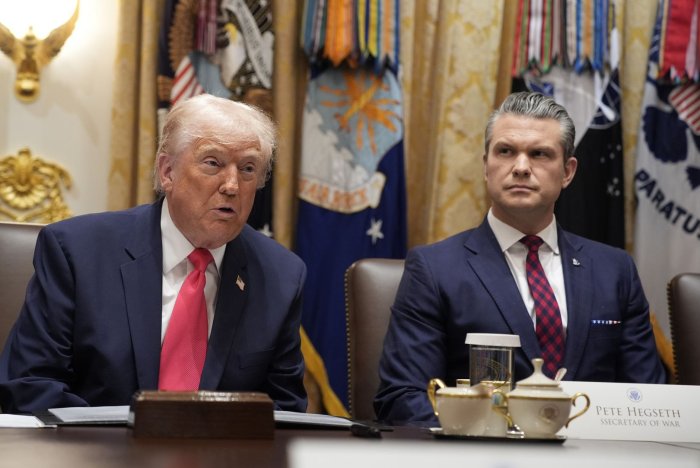Trump to propose lower fuel economy standards for vehicles
Dec. 3 (UPI) — President Donald Trump on Wednesday is expected to announce plans to lower fuel economy standards imposed by the Biden administration, multiple unnamed sources told media outlets.
The president is scheduled to speak on the matter at 2:30 p.m. from the Oval Office with executives from Ford, General Motors and Stellantis in attendance, sources who spoke on condition of anonymity told Bloomberg and The New York Times.
“As America’s largest auto producer, we appreciate President Trump’s leadership in aligning fuel economy standards with market realities,” Ford CEO Jim Farley told Fox News. “We can make real progress on carbon emissions and energy efficiency while still giving customers choice and affordability. This is a win for customers and common sense.”
Many of the details from Trump’s planned announcement haven’t been revealed, but he’s expected to lower existing fuel economy standards put in place by former President Joe Biden. Trump has described Biden’s stricter fuel standards and electric vehicle incentives as an “EV mandate.”
Former President Barack Obama raised fuel standards during his time in office before Trump lowered them during his first term. Biden raised them by 8% for 2024 and 2025 models and 10% for 2026 models.
Trump has said it’s not feasible to meet those stricter restrictions without a widespread switch to electric vehicles.
At the start of his second term, Trump cut subsidies and other incentives encouraging people to buy EVs. Meanwhile, the Republican-controlled Congress has ditched the federal tax credits for those buying electric vehicles.
Trump hinted at Wednesday’s announcement Tuesday during his final Cabinet meeting of the year.
“We’re bringing back the automobile business,” he said from the Cabinet room. “I think we’ll be bigger than we’ve ever been in the auto business.”

